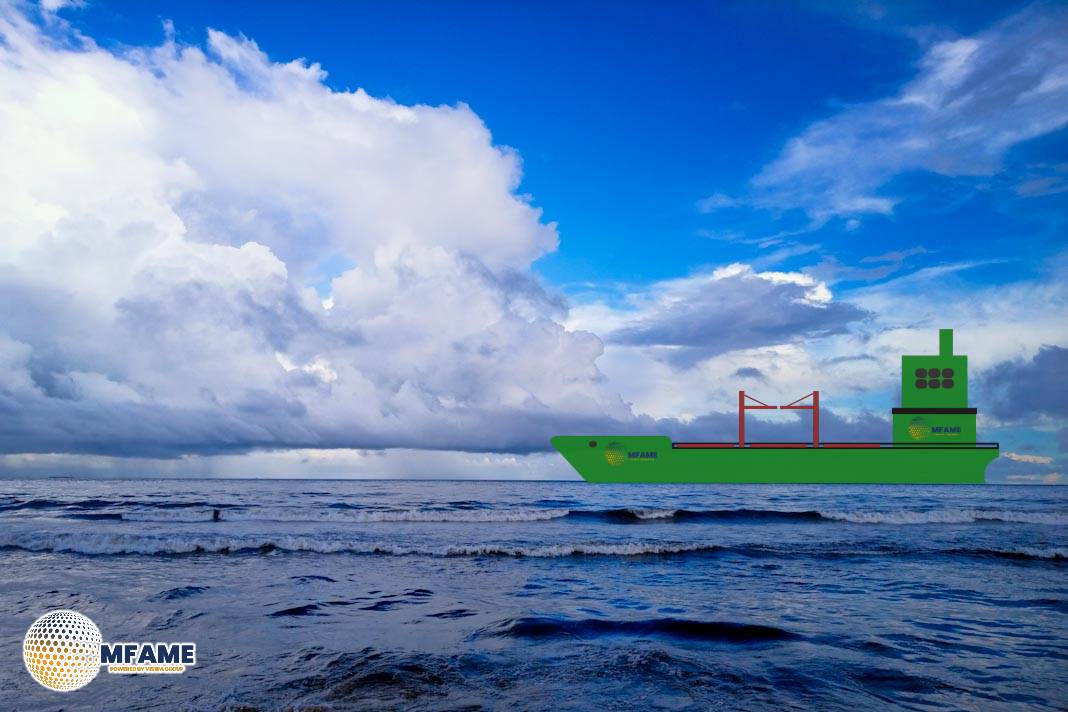Crude tanker stocks have experienced a strong rally throughout 2025, significantly outperforming broader equity benchmarks such as the S&P 500 and the Russell 2000. According to Drewry’s analysis, the Drewry Crude Tanker Equity Index (DCTEI) rose by more than 50% year-to-date as of late October, driven by a surge in freight rates, tight vessel supply, and buoyant oil market dynamics.
Strength of charter rates across the crude tanker market
The primary catalyst for this growth has been the strength of charter rates across the crude tanker market. The combination of increased oil supply—following the partial unwind of OPEC+ production cuts—alongside elevated floating storage demand and ongoing geopolitical tensions has fueled demand for large vessels such as VLCCs and Suezmax tankers. The Baltic Dirty Tanker Index (BDTI) has climbed nearly 50% year-to-date, with spot VLCC rates crossing the $80,000 per day mark, a clear reflection of tightening supply-demand conditions. Longer voyage distances, partly due to shifting trade flows and new inventory build-ups, have further boosted tonne-mile demand.
Fleet composition has also played a key role. Companies with significant exposure to larger vessels and long-haul trades have seen the strongest share price gains. Frontline, for instance, posted a sharp increase in market value following its strategic sale of LR2 tankers and focus on VLCC operations. Other leading players, including Teekay Tankers, DHT Holdings, Nordic American Tankers, and Tsakos Energy Navigation, have all benefited from similar market dynamics. The value of second-hand VLCCs has risen as well, adding support to investor confidence in the sector’s asset base.
Demand for large crude carriers will remain firm
Drewry notes that the positive trend is likely to continue in the short to medium term. Oil-supply growth is expected to outpace refinery demand for several months, prompting countries to build strategic reserves and maintain high tanker utilization. At the same time, the orderbook for new large-tonnage tankers remains limited, meaning supply growth will stay constrained until at least 2026. These factors, coupled with persistent geopolitical uncertainties and rerouted crude flows, suggest that demand for large crude carriers will remain firm.
However, the outlook is not without risks. A decline in oil demand, faster-than-expected fleet additions, or a correction in freight rates could temper the current momentum. Moreover, the mid-size tanker segments may not enjoy the same gains if market conditions shift or new tonnage enters service. Drewry cautions investors to monitor asset valuations closely, as an overheated market could increase the likelihood of a correction should macroeconomic or energy-demand conditions weaken.
Drewry concludes that the crude tanker sector remains on a strong footing, underpinned by healthy fundamentals and a limited supply pipeline. The rally in tanker equities, particularly among VLCC-focused operators, appears sustainable in the near term. Yet, investors are advised to remain vigilant to potential downside risks, as any sharp change in global oil trade patterns or demand growth could quickly alter the course of the market.
Did you subscribe to our daily Newsletter?
It’s Free Click here to Subscribe!
Source: Drewry

























